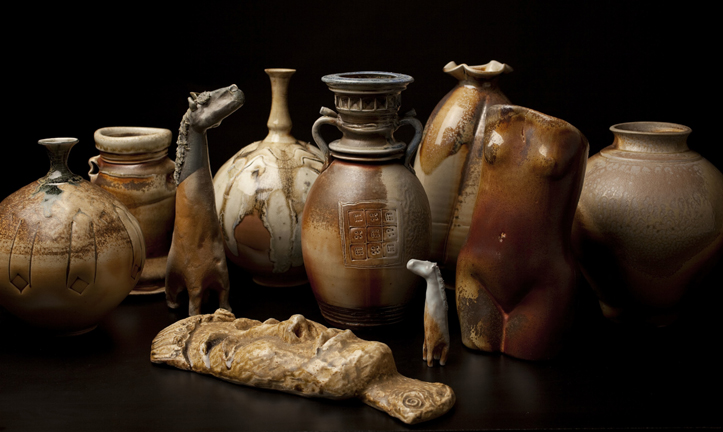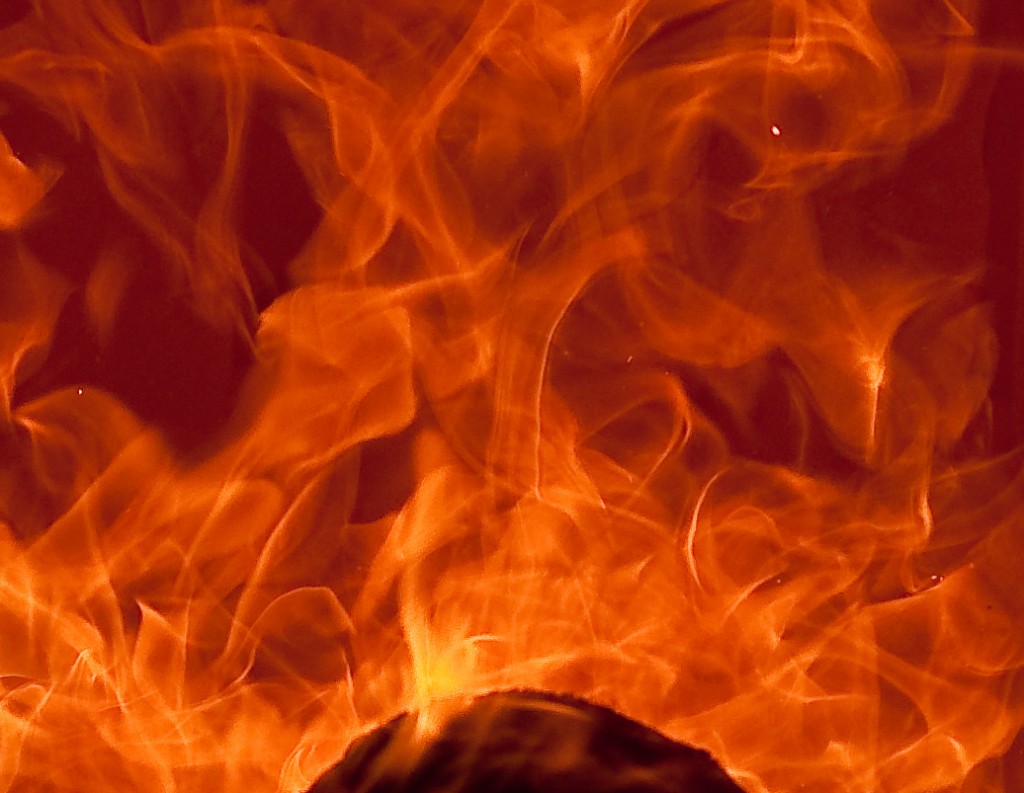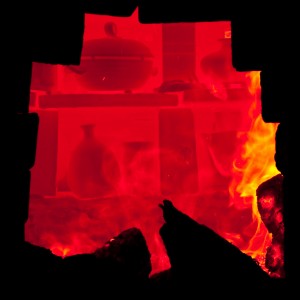 Brian Feulner/The Oregonian
Brian Feulner/The Oregonian
By Bob Hicks
Art Scatter regulars may recall Mr. Scatter’s adventures with the East Creek Anagama Kiln in the Coast Range foothills outside of Willamina, where he attended a firing earlier this month at the invitation of Nils Lou, the noted potter and teacher who’s been doing these firings since 1985. Mr. Scatter told the story twice — in this piece for The Oregonian, with photos by Motoya Nakamura, and in this more detailed piece for Art Scatter, with photogaphs by Richard Yates.
That was fine, and fun. But the question remained: What were those 500-odd pieces going to look like once the 2,400-degree Fahrenheit woodfire died down and the flames had done their job? Last week, three of the participants — Cindy, Don and Mya Hoskisson — motored into Portland from their home in the Willamette Valley town of Dallas and brought a small sampling of the results into The Oregonian’s photo studio, where yet a third excellent photographer, Brian Feulner, took studio shots of them. His photos, and Mr. Scatter’s brief story, are in the How We Live section of Monday’s Oregonian. You can pick up a copy of the real printed-on-paper deal, or see the feature online here at Oregon Live, with even more photos.
Sure, art is process. But sometimes it’s good to see the finished work, too. Go ahead. Check ’em out.

 Theoretically. Your canoe might get swamped, but the possibility of such a daring jaunt brings home the essential circularity of living with an
Theoretically. Your canoe might get swamped, but the possibility of such a daring jaunt brings home the essential circularity of living with an